Use Virtual Desktop Infrastructure Securely
The rise of mobile working and hybrid cloud environments creates complex IT landscapes that are harder to manage and secure. Virtual Desktop Infrastructure (VDI) can help simplify this challenge while improving flexibility and security.
With a Virtual Desktop Infrastructure, applications run on virtual machines (VMs) rather than directly on user devices. It makes no difference whether these applications are hosted on local servers or in the cloud. A VDI solution enables employees to work remotely or in the office with the same performance and security level.
High Security Through Centralized Management
Beyond flexibility, a VDI offers significant security advantages. The centralization of configuration management allows administrators to make quick, system-wide changes in case of incidents. This reduces the risk for all connected workloads and improves control over system integrity.
Another major benefit: corporate data never leaves the data center. Lost or stolen devices no longer pose a risk, as sensitive information remains on secure infrastructure. Since the virtualized data is not stored on endpoints, organizations can more easily comply with data protection and compliance regulations.
Unlike a VPN, which transfers data between devices and the corporate network, a VDI provides a contained virtual environment accessible through a browser. Because of this architecture, even less powerful devices can be used to securely access corporate resources.
Recognizing and Preventing VDI Vulnerabilities
Despite its benefits, a VDI is not immune to cyberattacks. Vulnerabilities in remote desktop protocols can be exploited if not properly secured. Likewise, compromised login credentials can allow unauthorized access from any device. Multi-Factor Authentication (MFA) is therefore essential for protection.
Another risk lies in the hypervisor — the layer that allows multiple operating systems to run on one host. Attackers could attempt to install a fake hypervisor to gain control. To prevent this, organizations should implement time-based integrity checks, automatic shutdown rules for inactive systems, and continuous network monitoring.
Because multiple virtual networks share physical resources, a single compromised node can affect other connected systems. Micro-segmentation helps isolate intruders quickly and prevent lateral movement across the network. In addition, a company-wide security culture and regular employee training are key to reducing risks.
Summary: Secure and Efficient Remote Work with VDI
While no system is completely risk-free, a well-secured VDI provides a powerful foundation for flexible, compliant, and secure remote work. Centralized management simplifies IT operations, data stays protected in the data center, and compliance requirements are easier to meet. With MFA, network monitoring, and staff awareness, VDI becomes a cornerstone of a modern, resilient IT infrastructure.
Discover how centron’s cloud solutions for enterprises and managed firewall services can help you build a secure and efficient VDI environment.


